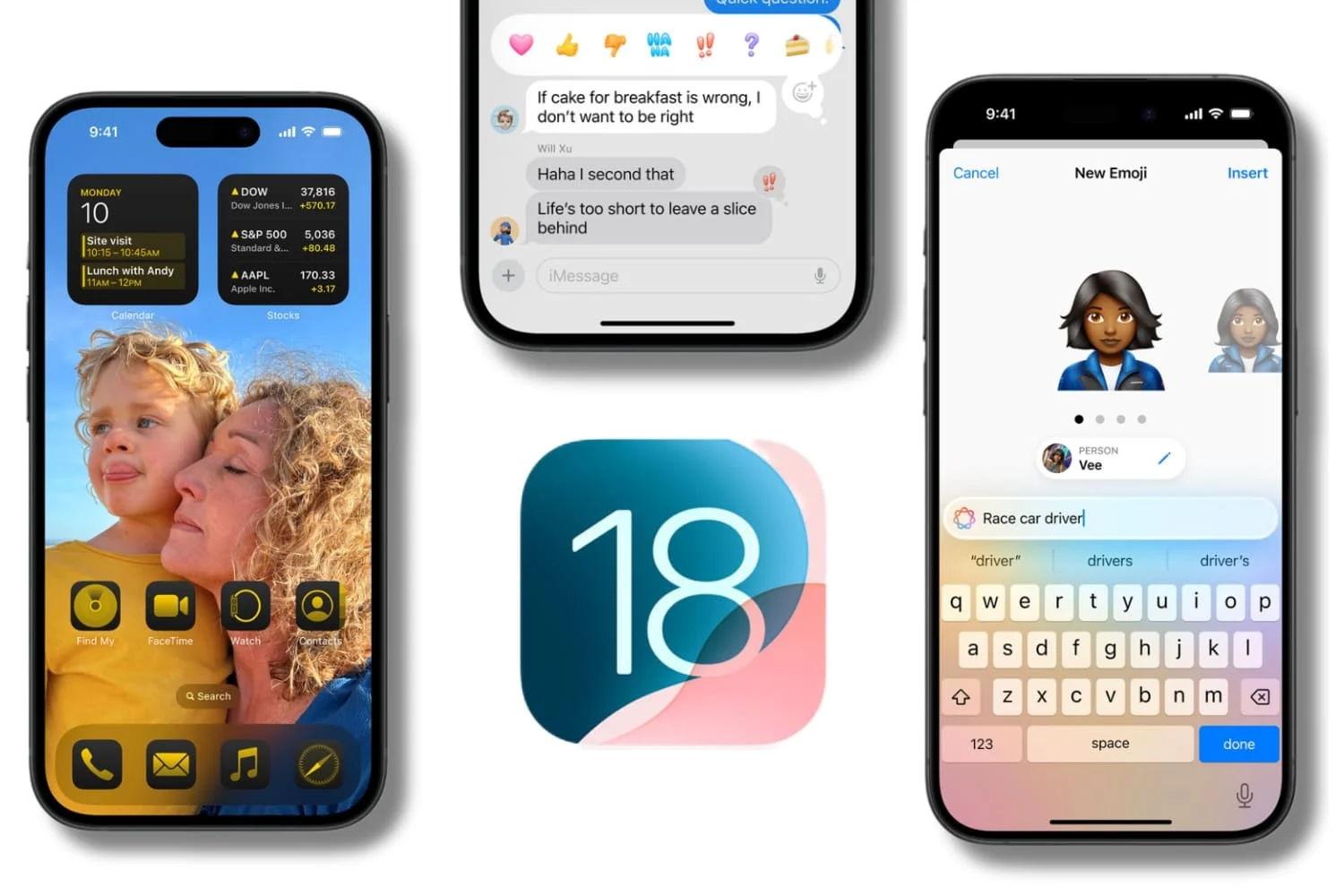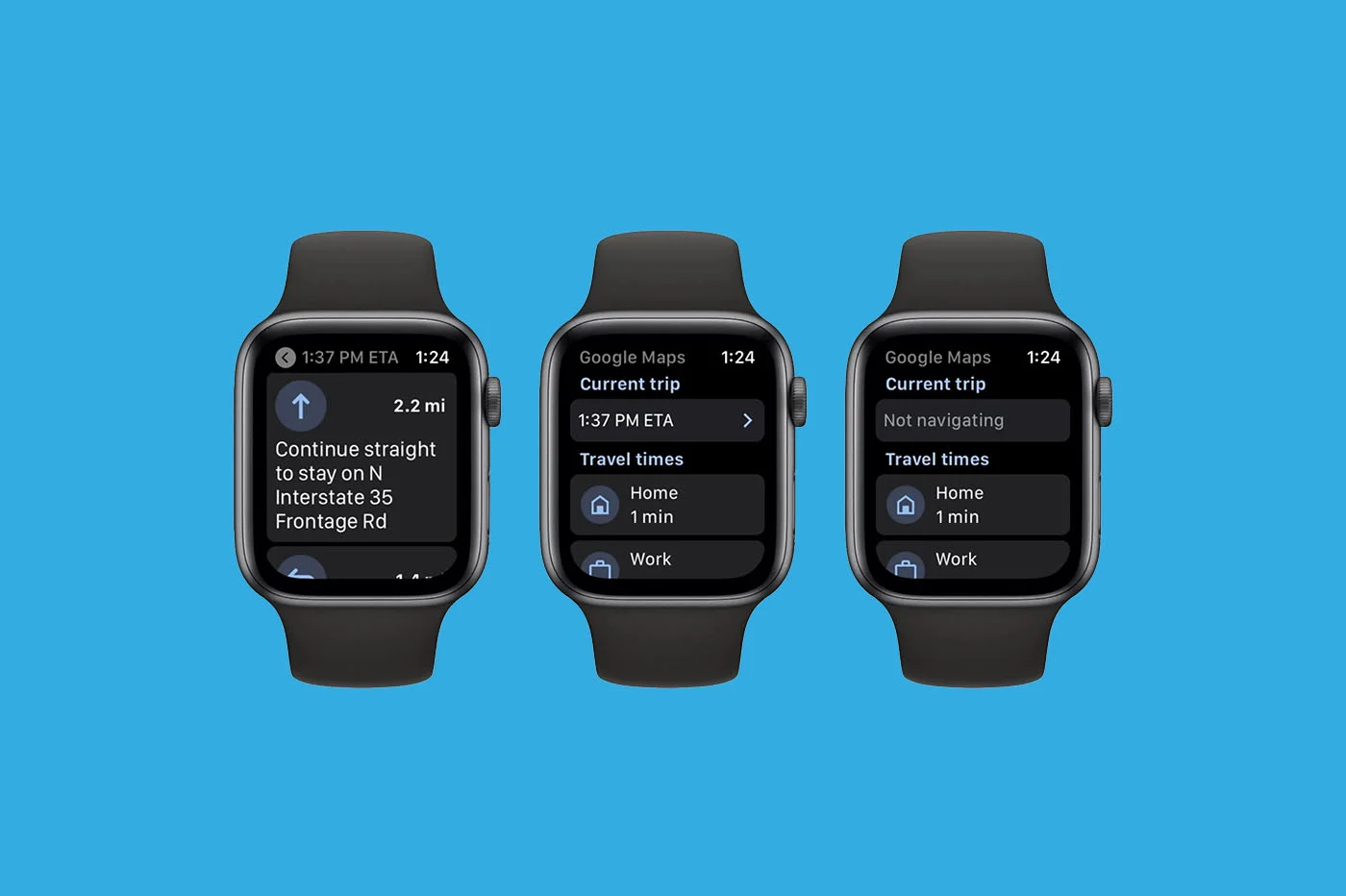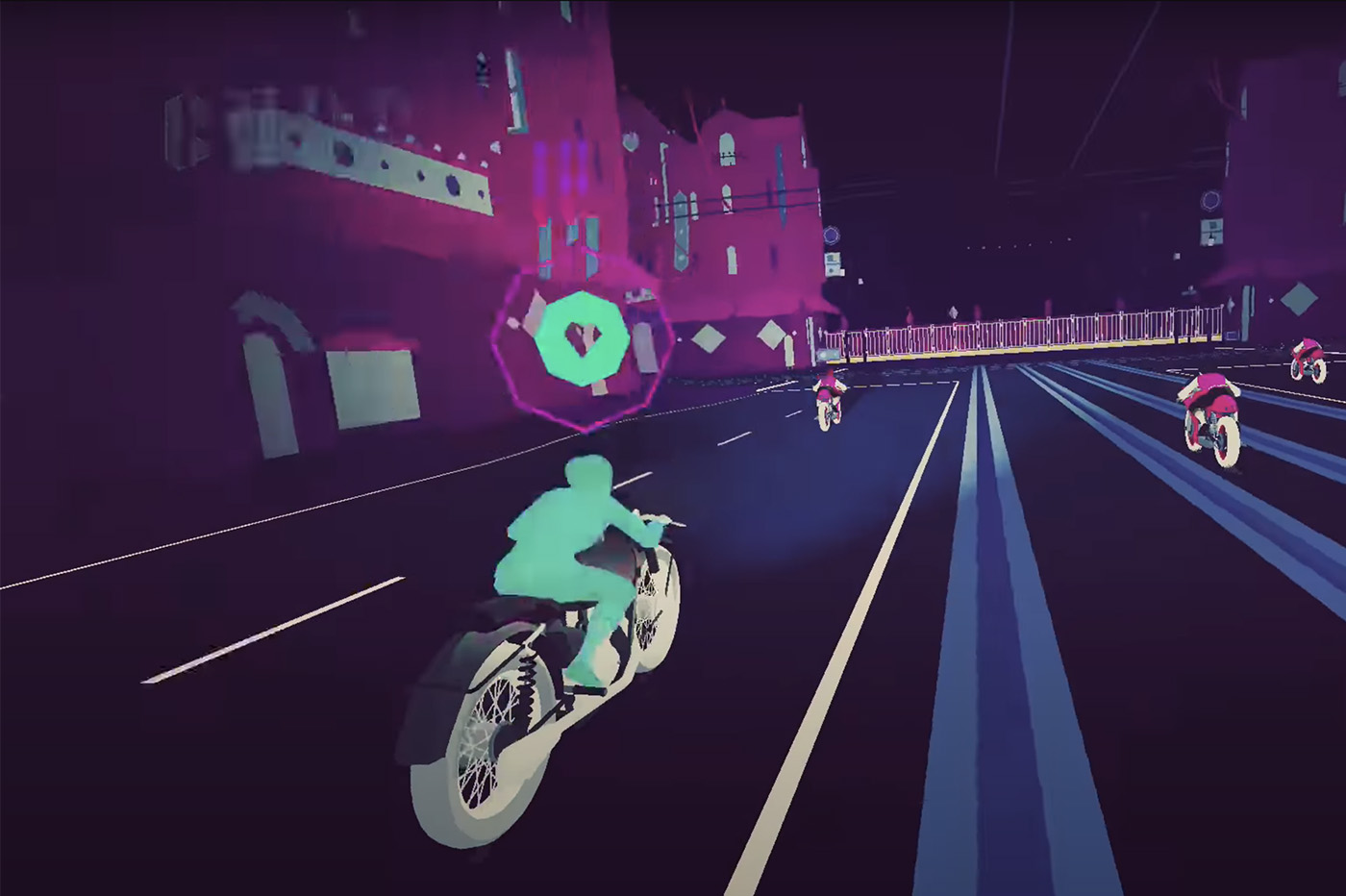The format
The M1 Pro MacBook Pros are the first Apple computers to feature such an edge-to-edge display, with 3.5mm of separation between the body and the screen on the sides, making the lines 24% thinner . Same distance above, but with here60% margin gainedon aluminum. In addition, the corners are now rounded, like on the iPhone, to better match the contours of the machine.
But the paradox is that these serious design improvements come at a price: that of… ergonomics. Indeed, Apple has not been able to integrate a punch, a retractable camera orlens under the screenfor its 1080p FaceTime sensor installed at the top of the machine. No, instead, the brand simply took up the concept ofnotch which still sits at the top of its high-end smartphones.
Oh, and… Face ID isn't integrated.
Size of diagonals
- 16.2 inchesfor the large model compared to 16 inches previously
- 14.2 inchesfor the compact model compared to 13.3 inches previously
Resolutions
- native resolution of3 024 par 1 964 pixels(254 ppi) for the 14-inch MacBook Pro versus 2,560 by 1,600 px for the 13-inch M1 MacBook Pro
- native resolution of3 456 par 2 234 pixels(same density) for the 16-inch MacBook Pro, compared to 3,072 by 1,920 px previously
Brightness in HDR
The screens of the new MacBook Pro M1 Pros feature mini-LED backlighting that can make them up to three times brighter. But to take advantage of this advantage, it is necessary to run the Retina panel with its HDR colors.
Specifically, the new MacBook Pros can achieve1 600 nitswhere they were limited to only 500 in 2020. Let us also specify that the proposed contrast is 1,000,000:1, for a billion colors broadcast.
La cadence
Finally, the 14- and 16-inch MacBook Pros are the first to feature the technologyProMotion. This is also available on iPad Pro and iPhone 13 Pro/Max, offering a refresh rate at120 Hz. This means that the screen can broadcast up to one hundred and twenty images per second.
Forest MacBook Pro M1 Pro






